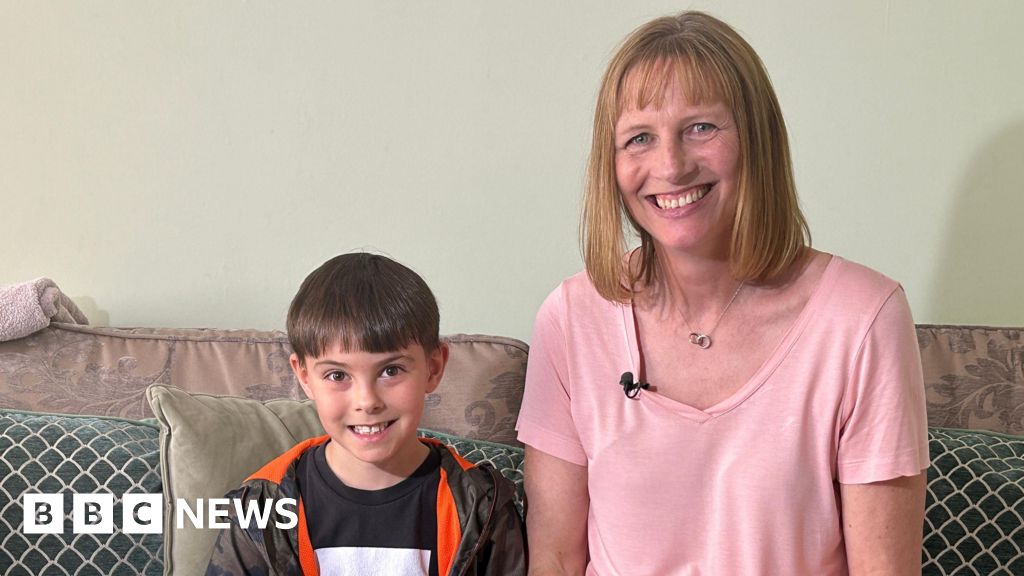Where Europe meets Asia, Istanbul is a dizzying array of Byzantine treasures and soaring minarets, bisected by the Bosphorus strait. Though it’s long captivated visitors with its ancient charms, a slew of openings in recent years is proving there’s more to this magical Turkish metropolis than the past. From the Atatürk Cultural Centre to the Galataport retail and arts hub, which features Istanbul Museum of Modern Art by Pritzker prize-winning architect Renzo Piano, the striking modern additions to the city are all must-sees.
Add in a lively events calendar – think Turkish Cuisine Week and modern art festival Contemporary Istanbul– and this is the best place to soak up Turkish cuisine, culture and mingling. The top sights are the stuff of legend (and many an iconic travel poster), but the cool neighbourhoods that lie beyond are equally worth your time and tourist buck.
Famous landmarks are mainly found on the city’s European side, where the Golden Horn estuary splits the newer region from the “old city” of Sultanahmet. Most are clustered in the latter, an enchanting peninsula on which simit (Turkish bagel) sellers ply their wares under candy-striped awnings and cats meander amid evocative vestiges of the Roman, Byzantine and early Ottoman past.
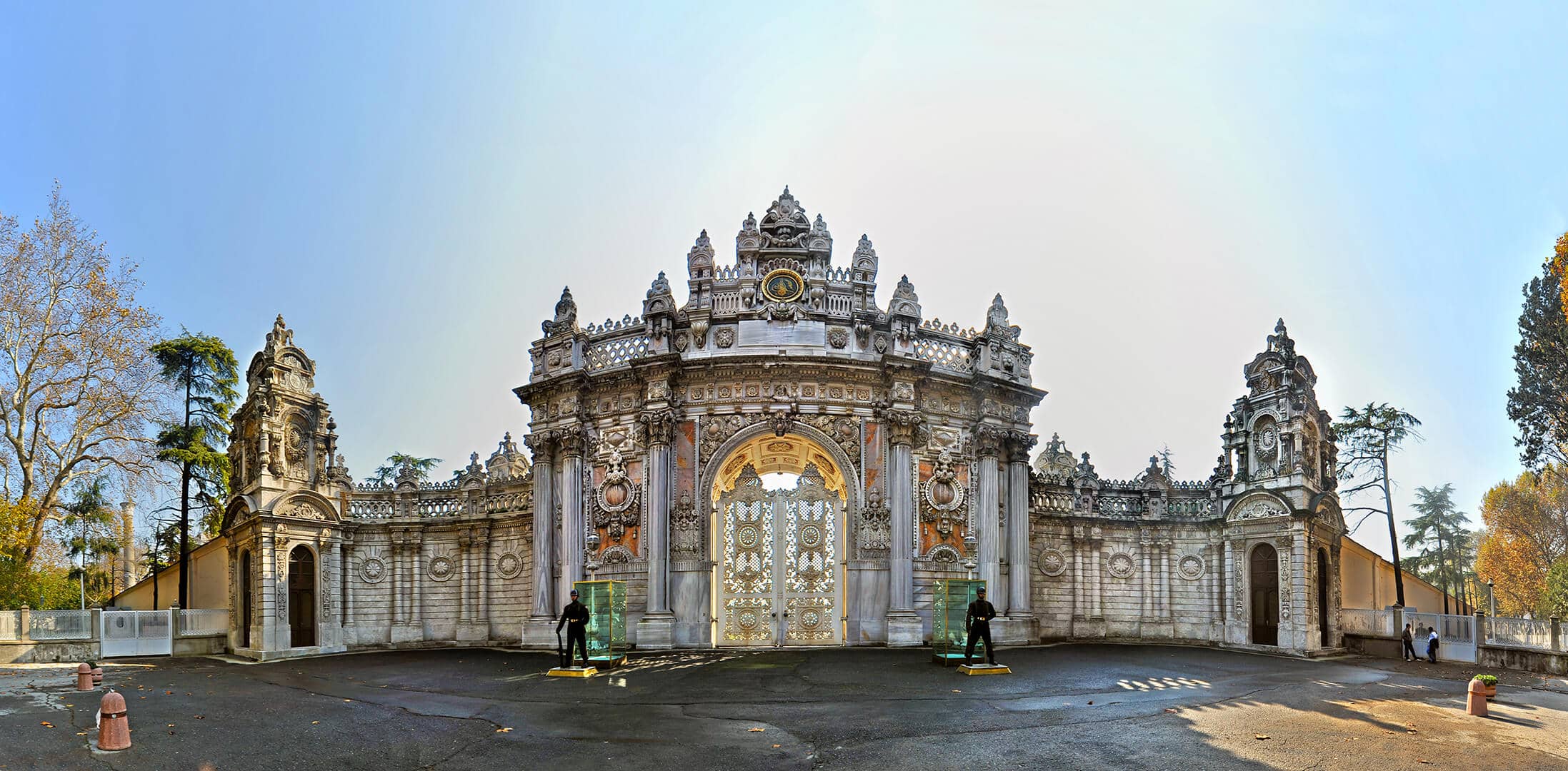
What to do
Tour the top sights
Still headlining itineraries is the Hagia Sophia, which – despite its controversial reconversion from a museum into a mosque, with many of its beautiful Christian mosaics covered – remains a world wonder almost 1,500 years on (TL907/£20). Topkapı Palace(TL1954/£44.90; harem entry extra) is another icon. This sprawling complex was the residence of the Ottoman sultans for around 400 years before the extravagant European-inspired Dolmabahçe Palace(TL1500TL/ £34) took over in the 19th century.
Other top culture fixes include the Museum of Turkish and Islamic Arts (TL617, £14) and the Archaeological Museum (TL544/£12.50), while a Bosphorus boat cruise should round things off nicely. If you plan to see several sights, the city’s museum pass is recommended at TL3807(£87.50) – it gets you into 13in total with a validity period of five days.
Read more: 48 Hours in Istanbul by Simon Calder
Explore Istanbul’s diverse neighbourhoods
Istanbul’s eclectic jigsaw of neighbourhoods, each with their own distinctive character, are among its greatest assets. Well worth a detour are Istanbul’s former Greek Orthodox and Jewish districts, Fener and Balat. Honeypots for TV location scouts, with their tall multicoloured facades and cobbled streets, they teem with photogenic coffee shops and designer florists, plus enough antique dens to rival Cihangir. They’re fast becoming a hipster haven, complete with kombucha on menus.
Across the Bosphorus, on the city’s Asian side, bohemian Kuzguncuk is another colourful highlight whose traditional wooden buildings contain galleries, bookshops and bakeries (don’t miss the famed “mushroom cookie” atTarihi Kuzguncuk Fırını). Over in Kadıköy, you’ll find everything from chic patisseries and a busy fish market to cultural destination Müze Gazhane, featuring a climate museum, galleries, a bookstore and more in a revamped gasworks.

Have a hammam
No trip to Istanbul would be complete without getting hot and sweaty in a Turkish bath or hammam: a legacy of the Roman Empire, these have been a bastion of Turkey’s culture for centuries. Shy westerners can be put off – ladies especially might balk at going topless – but once you realise no one else cares, having a stranger scrub you with a coarse loofah before soaping you up and washing you down feels quite invigorating. And afterwards your skin will feel like something from a Gillette advert. Many baths also offer optional extra treatments such as a massage.
Perhaps the most popular hammam for tourists is Cağaloğlu, a vision of elegant arches and white marble in Sultanahmet, where treatments start at TL1088 (£25). For something cheaper, and maybe more authentic, try a local hammam such as Aziziye in Kadıköy, where a basic bath experience will set you back just 380TL (£8.70).
Read more: Cappadocia travel guide: What to do and where to stay in Turkey’s beautiful, otherworldly region
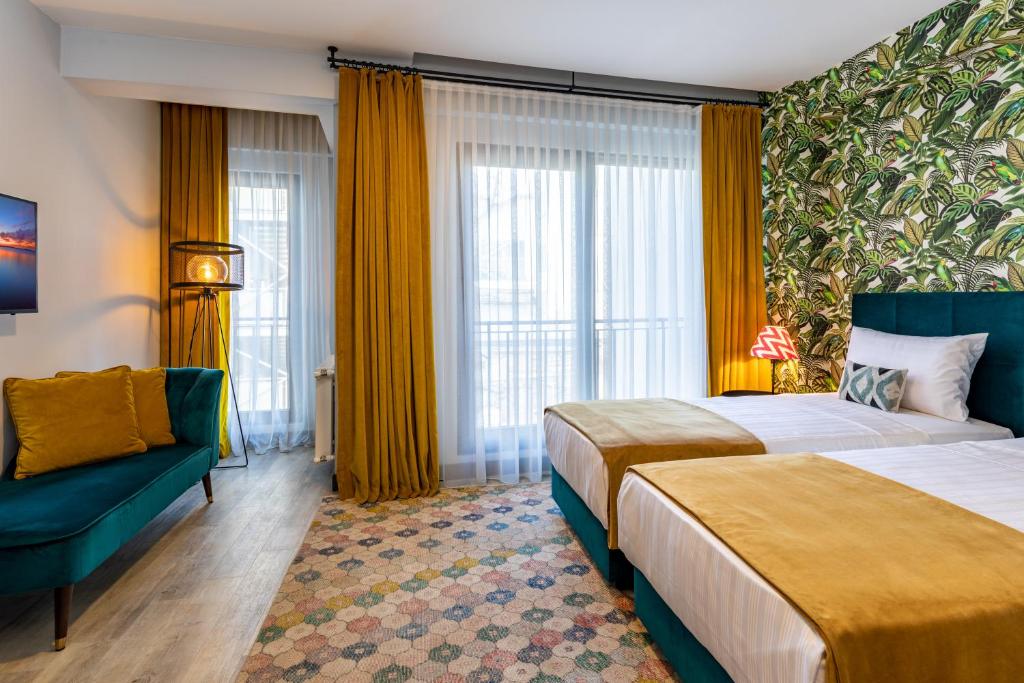
Where to stay
There are four “The Stay” hotels in Istanbul, each good quality and exuding a distinct character. Its Ortaköy hotel overlooks Istanbul’s most iconic vista – ornate Ortaköy Mosque with the Bosphorus Bridge soaring behind – which is particularly magical come nightfall when both landmarks are illuminated.
For those with tighter budgets, the Green Parrot Hotel is a small but stylish option – think jungle wallpaper, patterned cushions and ceramic cacti. Centrally located in Sultanahmet and with all the necessary mod cons, it’s very reasonably priced.
As for something even cheaper, you can’t beat Hostel Le Banc. Again well-situated, in the Taksim neighbourhood, close to Galata Tower, this popular “home from home” attracts rave reviews for its friendly staff and comfy rooms. With in-house social events, plus a sociable café, it’s a steal.
Read more: The best Turkey holiday destinations – and when to travel to each one
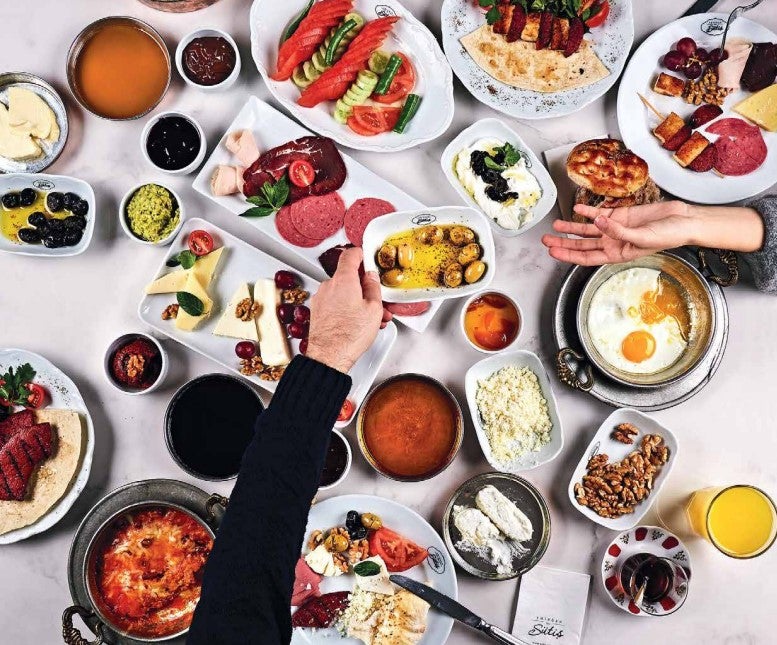
Where to eat
Alongside its celebrated milky puddings and hearty main meals, Emirgan Sütiş serves breakfast options such as sujuk (spicy sausage) and menemen, Turkish-style scrambled eggs with tomatoes, peppers and spices. If you fancy a change from the conventional savoury start to the day, Brekkie Croissant & Cookie in Kadıköy offers a more westernised menu.
Istanbul’s most legendary lunch spot – it’s closed for dinner – is Pandeli, which has tempted the likes of Audrey Hepburn and Turkish Republic founder Atatürk over the years with its turquoise-tiled interior and traditional cuisine. Try its kazandibi, a caramelised dessert featuring fine threads of chicken that fortunately tastes better than it sounds. You’ll find Pandeli in the Egyptian Bazaar, worth a visit in general to see its painted arches and aromatic heaps of spices.
Read more: Why you need to go this Turkish holiday resort now before A-listers send prices into orbit
Alternatively, grab some börek, flaky filled pastry, or pide, pizza-like flatbreads, for midday snacking on the go. Outlets are as ubiquitous as Istanbul’s dessert stores, among which Karaköy Güllüoğlu and Hacı Bekir lead the way in baklava and Turkish delight respectively.
Roof Mezze 360, meanwhile, does classic dishes with postcard views across the Golden Horn estuary. Specials include testi kebab, a dish from Cappadocia in which meat and vegetables are cooked in clay pot that is cracked open in front of you (perfect for some tableside theatre).
Where to drink
Ask a local which outlet serves the best Turkish coffee in Istanbul and they’ll invariably tell you Mandabatmaz, a hole-in-the-wall off İstiklal Avenue whose name – meaning “a buffalo wouldn’t sink” in Turkish – refers to the foam that tops each meticulously crafted brew. For a cuppa in equally famed, albeit grander, surroundings, try afternoon tea at Pera Palace. This opulent hotel is where Agatha Christie penned Murder on the Orient Express – it starred in its own Netflix series, Midnight at the Pera Palace.
Fans of innovative cocktails will love Fahrī Konsolos, a mixology wonderland in Kadıköy’s trendy Moda area, wheremaster bartenders rustle up concoctions like no other. They’re all inspired by Turkish flavours, including ayran, the country’s beloved yoghurt drink. For those who prefer more modest tipples in a buzzy atmosphere, head to the meyhanes (taverns) along Nevizade Street in Beyoğlu, a favourite area among locals for a night out.
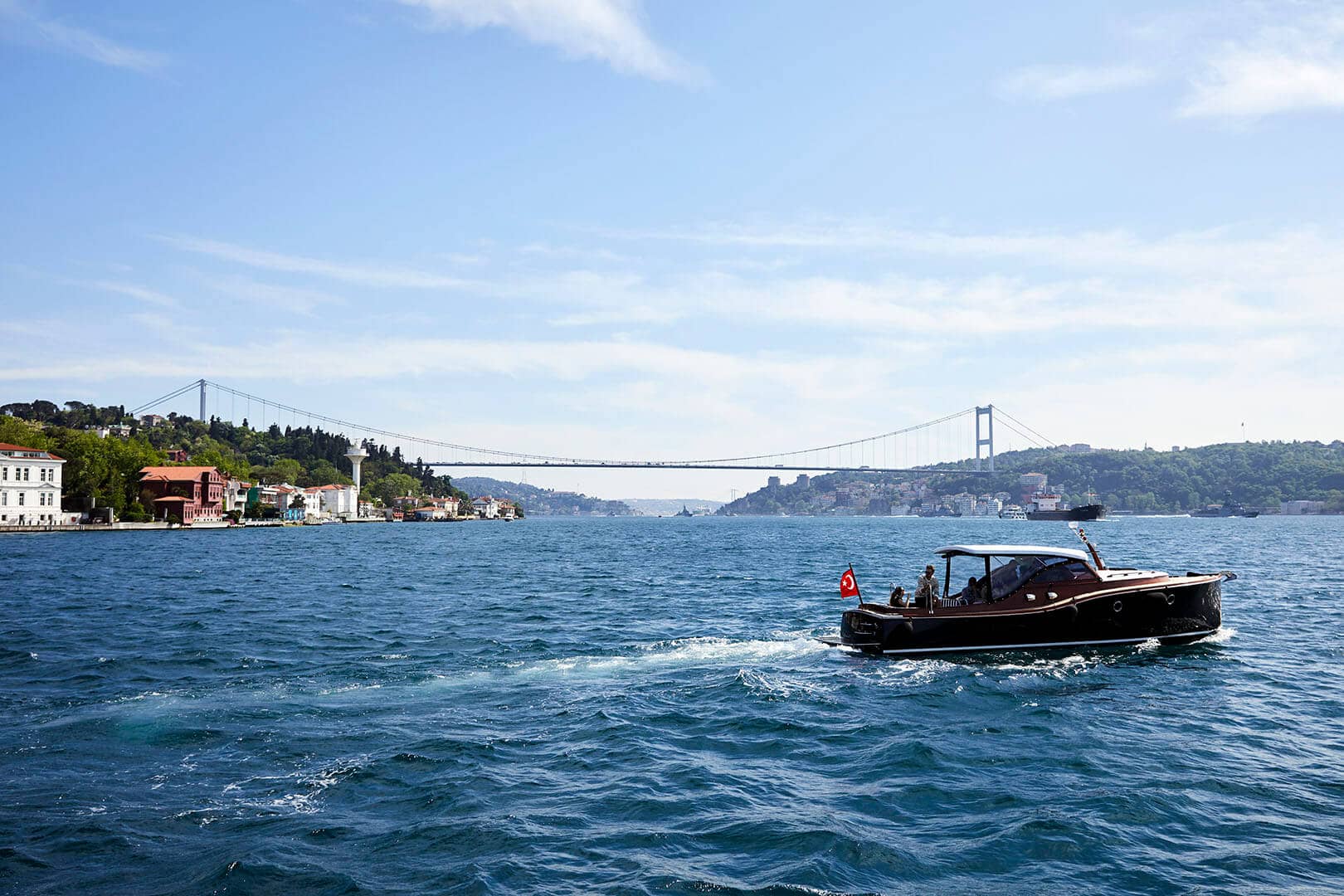
Where to shop
Istanbul’s Galataport – sporting a cruise terminal alongside a multitude of restaurants, stores and attractions along the Bosphorus – is the new place to go for some waterfront retail therapy. Far from a bland shopping mall, it hosts everything from western brands such as Adidas to jewellers and mixes in a generous dose of culture to boot. The Istanbul Museum of Modern Art also is housed here, showcasing contemporary artworks from Turkey and around the world (TL650/£15).
If you prefer to browse away from the hustle and bustle of Istanbul’s Grand Bazaar, among the world’s largest with its 4,000-plus shops, head to Arasta instead. This refreshingly quiet bazaar sells many similar products, from Turkish carpets to filigreed lamps, just on a smaller scale.
Read more: The female pilots taking tourists on Cappadocia’s world-famous balloon adventures
Architectural highlight
Along with the Hagia Sophia, Istanbul’s most visited mosques are the gargantuan Süleymaniye and the Sultan Ahmed, nicknamed the “Blue Mosque” for its tiled interior. But arguably just as stunning as the latter (if not more) is Rüstem Pasha: this “miniature Blue Mosque” boasts the same profusion of Iznik tiles in patterns of cobalt and aquamarine, yet with a fraction of the crowds.
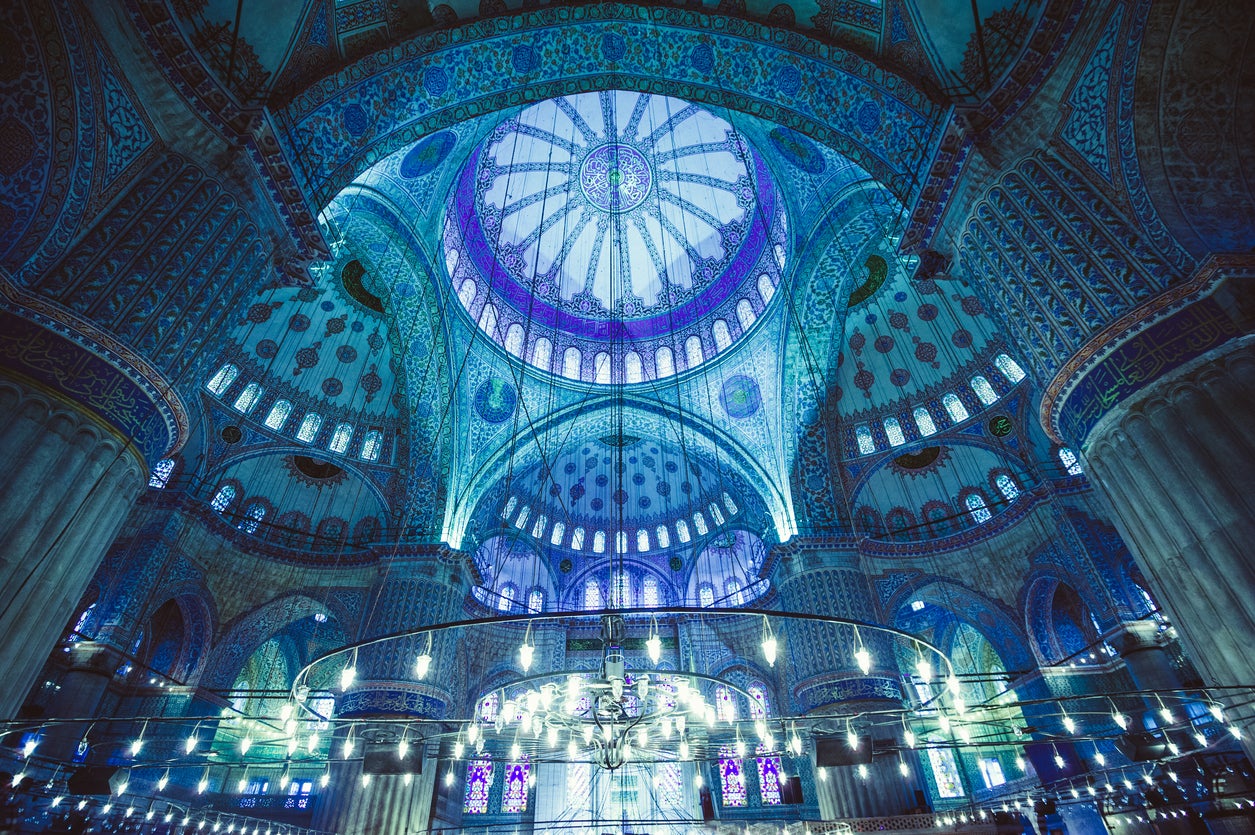
Nuts and bolts
What currency do I need?
Turkish lira.
What language do they speak?
Turkish, though many younger Turks speak English.
Should I tip?
10 per cent is the norm in restaurants and hotels, but not expected with taxi fares.
What’s the time difference?
Istanbul is three hours ahead of the UK.
How should I get around?
The Metro here is extensive and easy to navigate – for multiple trips, it’s worth buying a top-up Istanbulkart for 130TL (£3). For crossing between the European and Asian sides, jump on a ferry; Şehir Hatları is the official city operator.
What’s the best view?
Galata Tower, which reopened as museum in 2020, offers 360-degree city views. For a panorama that’s even more sweeping, try the Çamlıca Kulesi, Istanbul’s tallest structure, with 45 floors above ground.
Insider tip
Hire a local guide and you’ll get multiple insider tips, as well as getting to know Istanbul’s less-explored bits. Through Azize Celiktas, we explored areas like arty Kungunzcuk, discovered the joys of stuffed meatballs on İstiklal Avenue and gained a perspective you won’t find in the guidebooks.
Getting there
British Airways, Wizz Air, Turkish Airlines and Pegasus all have direct flights from the UK. Flight time is around four hours.
You can travel from the UK to Istanbul entirely by train – travelling to Paris on the Eurostar and choosing between heading onwards via Bucharest and Budapest, or via Belgrade, Munich or Sofia, to Istanbul.
Read more: How this luxury Turkey hotel has used zones to be both adults-only and family-friendly




